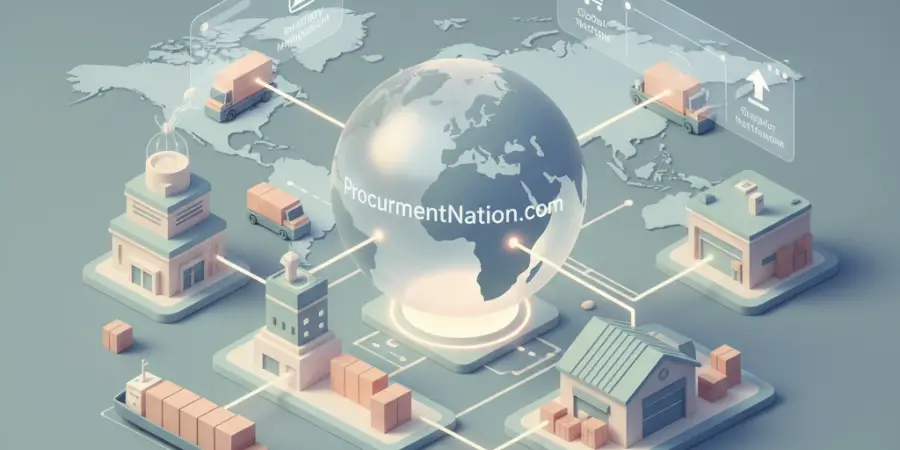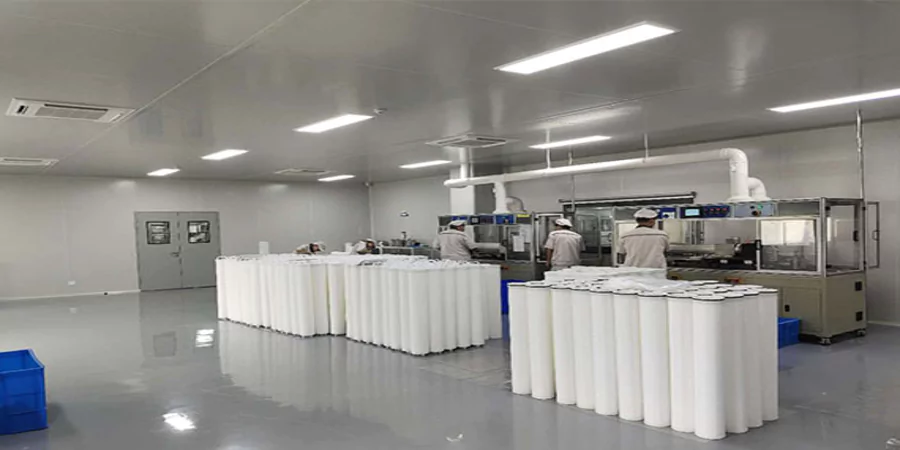Employee retention is more than just an HR buzzword – it’s a critical business priority. High turnover disrupts operations, drains morale, and impacts profitability. Organizations must go beyond offering a paycheck to retain top performers in a competitive talent market.
Today’s workforce values recognition, career development, and a sense of purpose. That means employers must take a data-driven, people-first approach to building loyalty and reducing attrition.
This blog will take a closer look at why retention matters, how turnover affects business outcomes, and which proven strategies companies can implement to secure their best talent.
The Cost of Turnover
Turnover is expensive and not just in obvious ways like recruiting or onboarding. The hidden costs can be far more damaging, including some of the following:
- Lost productivity while new hires ramp up
- Increased stress and workload on remaining team members
- Reduced morale when colleagues constantly leave
- Client disruption due to changes in relationship managers or support teams
- Knowledge loss, especially when experienced employees exit with institutional memory
Why Employees Stay (or Leave)
Employees leave jobs for a variety of reasons, but data shows that voluntary exits are often preventable. Among the top reasons employees cited for leaving include:
- Lack of career development
- Inadequate recognition
- Poor relationship with supervisors
- Burnout and workload imbalance
On the flip side, employees who feel valued, supported, and engaged are far more likely to stay and to be more productive.
Data-Driven Retention Strategies
Instead of reactive exit interviews, companies are turning to proactive strategies supported by analytics and employee feedback. Let’s discuss several effective retention tactics.
Recognition and Reward Systems
Feeling appreciated is a powerful motivator. Recognition shouldn’t just come once a year during a performance review. Ways you can recognize your employees include:
- Use digital platforms to celebrate small wins and peer recognition
- Tie recognition to company values or mission-based behaviors
- Introduce service awards that mark employee milestones
One particularly effective method is by giving custom employee plaques by Successories during awards ceremonies. These plaques are more than decorative. They are tangible symbols of appreciation that celebrate years of service or outstanding contributions.
Employees who receive personalized awards often report higher job satisfaction and a stronger emotional connection to their employer. When implemented as part of a broader recognition strategy, service awards help reinforce loyalty and improve long-term retention.
Personalized Incentives
Not all employees are motivated by the same things. While some value flexible work schedules, others prioritize professional development or financial perks, including some of the following things:
- Use engagement surveys to understand employee preferences
- Offer tiered benefits or a “pick your perk” menu
- Link incentives to performance goals or tenure milestones
Leadership Involvement
Leadership sets the tone for culture and retention. When managers are engaged and empathetic, teams are more likely to thrive. Some of the tactics you can employ are:
- Train managers in emotional intelligence and active listening
- Encourage regular one-on-one check-ins to discuss goals and well-being
- Hold leaders accountable for team engagement metrics
Creating a Culture of Commitment
Beyond policies and perks, companies that succeed in retaining talent foster a culture where employees feel connected to the mission and see a clear future for themselves within the organization.
Here are some ways to build that culture:
- Transparent Communication: Keep employees informed about company goals, challenges, and changes.
- Career Development Pathways: Offer training, mentorship, and opportunities for internal advancement.
- Work-Life Balance Support: Respect boundaries, offer flexibility, and address burnout proactively.
- Diversity and Inclusion: Create an environment where all employees feel safe and valued.
Measuring What Matters
Retention is a measurable outcome, and the best organizations track key indicators to stay ahead of potential issues. Consider monitoring the following elements:
- Turnover rate (overall and voluntary)
- Tenure by department or manager
- Employee Net Promoter Score (eNPS)
- Engagement survey results
- Participation in recognition programs
By regularly reviewing these metrics, HR and leadership teams can quickly identify problem areas and make informed decisions.
Final Thoughts
Talent is an organization’s greatest asset. In a world where job hopping has become the norm, retaining top performers requires intention, personalization, and genuine appreciation.
High turnover isn’t inevitable. It’s a challenge that can be overcome with the right mix of data, leadership, and human connection. Companies that invest in their people will reap the rewards of loyalty, performance, and a thriving culture.
















